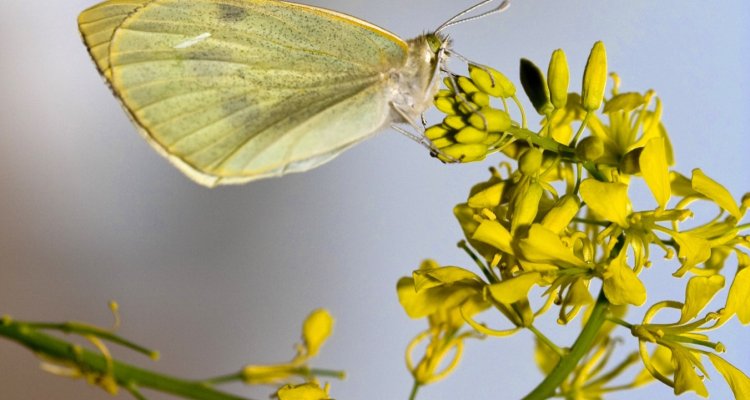
Thesis subject
Natural selection of (anti-) sex pheromones by egg parasitoids
Butterfly males can produce and transfer an anti-sex pheromone, a so-called anti-aphrodisiac (AA), to females during mating to render them less attractive to other males.
Start date
01/01/2024
End date
30/04/2028
AAs from cabbage white butterflies, Pieris brassicae and P. rapae are spied upon by tiny Trichogramma egg parasitoids: when the wasp detects the AA pheromone, it hitch-hikes with a mated female butterfly to the host plant and then parasitises her freshly laid eggs. Studies that show selection on sexual signals exerted by natural enemies are scarce. Moreover, AAs exploited as cues by wasps could be used in pest control to decrease Pieris butterfly populations and thus contribute to integrated pest management strategies in agriculture. The aim of tis project is to understand the extent natural enemies, such as Trichogramma egg parasitoids, constrain the evolution of AAs in Pieris butterflies. You will study AAs from different Pieris populations by testing Trichogramma wasp attraction in olfactometer bioassays. You will monitor hitch-hiking wasps in different locations and correlate them to the attractiveness to AAs. By doing so, you will understand whether variation in AAs is adaptive and whether wasps prefer certain AA phenotypes.